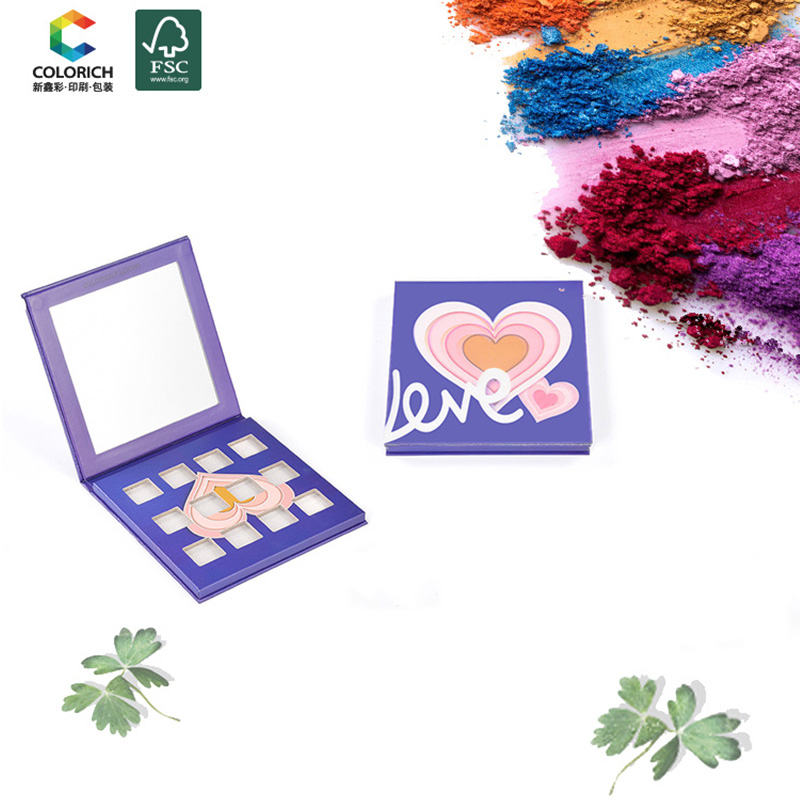Plastic waste is choking our planet, and cosmetics packaging is a major culprit. Consumers demand sustainability, but which materials truly deliver? Discover eco-friendly options that don't sacrifice style.
Refillable glass, biodegradable PLA, and FSC-certified paper are the most eco-friendly packaging materials. They reduce waste, use renewable resources, and align with consumer and regulatory sustainability demands.
At Colorich, we believe beauty shouldn't harm the planet. Our guide explores eco-friendly packaging materials that balance sustainability with the luxury and functionality cosmetics brands need to shine.
Refillable packaging sounds promising, but single-use plastics still dominate cosmetics. The environmental toll is massive—can refill systems really make a difference? Let’s explore their true impact.
Refillable packaging, like glass or metal compacts, reduces single-use waste. Consumers refill durable containers, cutting landfill contributions while maintaining premium aesthetics for cosmetics brands.

Refillable packaging is revolutionizing cosmetics by extending product lifecycles and reducing waste. At Colorich, we ensure luxury without environmental cost. These systems align with circular economy principles, encouraging consumer loyalty through refill programs. However, challenges like higher initial costs and logistical complexities exist. Innovations like QR-coded smart packaging are simplifying refills in 2025.
| Aspect | Details |
|---|---|
| Sustainability | Reduces single-use waste; supports circular economy. |
| Cost | Higher upfront costs but long-term savings via consumer loyalty. |
| Aesthetics | Premium materials like glass enhance brand appeal. |
| Challenges | Requires consumer education and robust refill infrastructure. |
By addressing these challenges, brands can leverage refillable packaging to meet eco-conscious consumer demands effectively.
Plastic pollution is overwhelming landfills, and cosmetics packaging is no exception. Biodegradable packaging cosmetics promise a solution, but are they truly sustainable? Let’s uncover their potential.
Biodegradable materials like PLA and mushroom packaging decompose naturally, reducing landfill waste. They're renewable and ideal for eco-conscious cosmetics, though composting infrastructure is limited.

Biodegradable materials, such as PLA (from corn starch) and mushroom packaging, offer a sustainable alternative for cosmetics. At Colorich, we use biodegradable inks to enhance compostable structures, ensuring eco-friendly packaging without compromising aesthetics. While these materials reduce environmental impact, their effectiveness depends on industrial composting facilities, which aren’t universally available. Advances in enzyme-based biodegradable plastics are improving durability and cost in 2025.
| Aspect | Details |
|---|---|
| Sustainability | Decomposes naturally, minimizing landfill waste. |
| Cost | Higher production costs than traditional plastics. |
| Aesthetics | Moderate to high; customizable for luxury branding. |
| Challenges | Limited composting infrastructure; requires consumer education. |
Biodegradable packaging is a strong choice for brands prioritizing zero-waste goals, provided disposal systems improve.
Paper packaging seems eco-friendly, but not all paper is sustainable. Deforestation and non-recyclable coatings raise concerns—can FSC-certified paper truly deliver? Let’s find out.
FSC-certified paper, sourced from responsibly managed forests, is recyclable and renewable. It’s ideal for cosmetics boxes, offering sustainability and premium aesthetics with minimal environmental impact.
FSC-certified paper, used extensively by Colorich, ensures sustainable forestry practices while providing recyclable, lightweight packaging for cosmetics. Our biodegradable inks enhance its eco-credentials, making it ideal for secondary packaging like boxes. However, water resistance and coating recyclability pose challenges. Innovations in water-resistant, recyclable coatings are expanding paper’s use for primary packaging in 2025, balancing sustainability with functionality.
| Aspect | Details |
|---|---|
| Sustainability | Renewable, recyclable; reduces deforestation. |
| Cost | Moderate; FSC certification adds slight cost. |
| Aesthetics | High; customizable for premium branding. |
| Challenges | Limited water resistance; coatings may reduce recyclability. |
FSC-certified paper is a versatile, eco-friendly option for brands seeking sustainable secondary packaging with strong shelf appeal.
Refillable glass, biodegradable PLA, and FSC-certified paper lead eco friendly cosmetic packaging, reducing waste and enhancing cosmetics' sustainability without compromising luxury, as Colorich's innovative solutions demonstrate.

Hey,I'm Rachel Liao,the sales manager of Colorich Packaging.
With solid professional skills and acute market insight, focus on providing customers with customized packaging solutions and supply chain optimization services.
●Packaging demand analysis and solution design
●Customer development and long-term relationship maintenance
●Cost optimization and sustainable packaging practices
